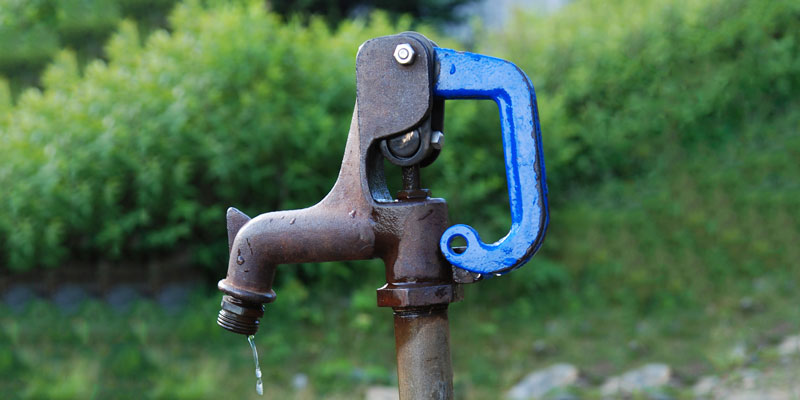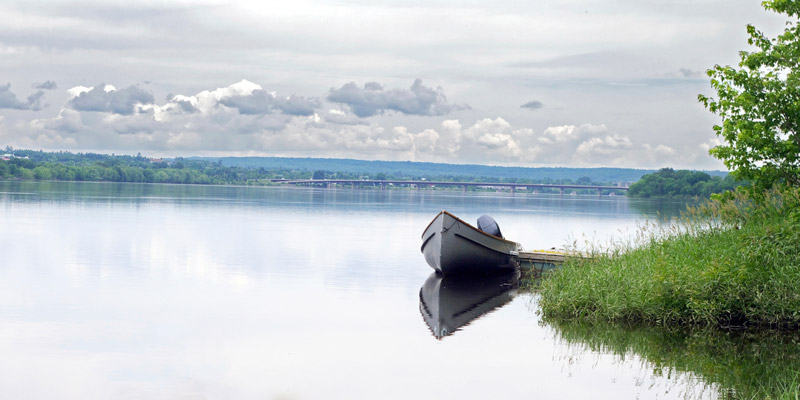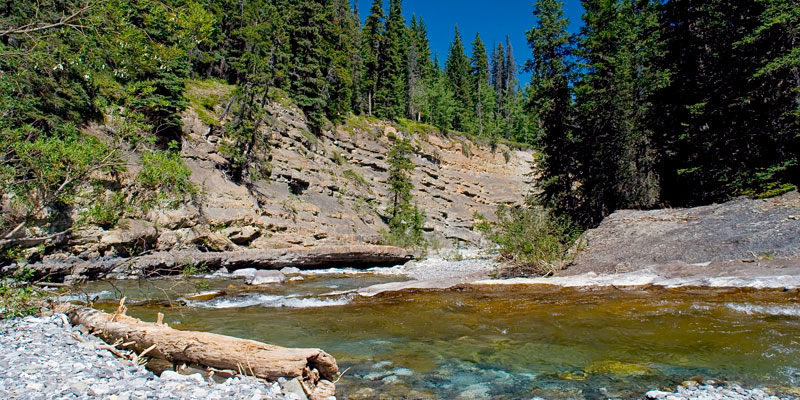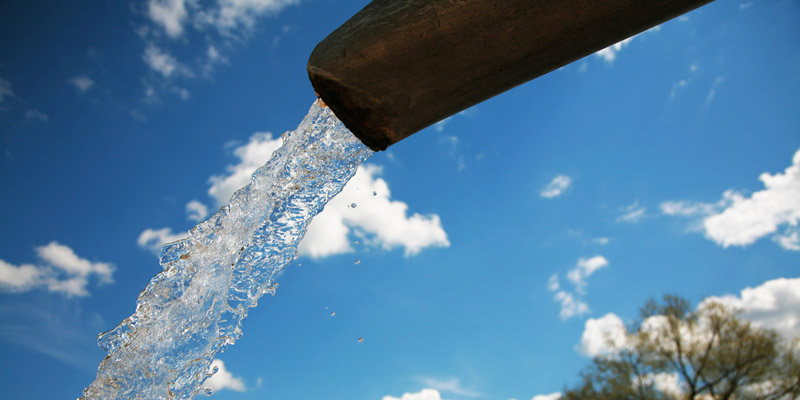Biofouling of Wells and Pathogen Transport in Fractured Rock Aquifers
Principal Investigator - Brent Sleep, Professor, University of Toronto (2005-2007)

Challenge
The accumulation of biological matter in domestic wells, known as biofouling, is a widespread problem across Canada, one which presents a particular challenge to fractured rock aquifers. Though recognized as a problem, with the exception of a handful of laboratory studies focused on contaminant removal, there have been no published studies of this phenomenon. Similarly, there have also been no studies of pathogen transport through fractured rock, despite the vulnerability of many fractured aquifers to pathogen invasion, and the ability of fractures to rapidly transmit pathogens to water supply wells. To fill this knowledge gap, the research project drew on a unique integration of geology, hydrogeology, chemistry and microbiology to advance the scientific understanding of biofouling and pathogen transport in fractured rock aquifers.
Project
The project utilized field, laboratory, and numerical modeling studies to investigate biofouling and pathogen transport in fractured rock. Field studies were conducted at two sites – one for investigations of well performance and rehabilitation, and another for investigations of the invasiveness of biofouling. A range of hydraulic tests, tracer tests, microbiological screening tests, and advanced molecular biology tools were applied in two types of fractured rock environments.
In the laboratory, the validity and application range of different tests were evaluated to provide improved screening methods for diagnosis of well problems in fractured rock aquifers. The studies focused on detailed investigations of biofilm growth and structure associated with biofouling in fractured rock, and on pathogen transport in fractured rock. Using this information, numerical models were developed to predict biofilm growth and biofouling associated with water wells in fractured rock aquifers.
Outputs
- Development of numerical models which can be used by groundwater and well water professionals.
- Presentations were also made at conferences that targeted government agencies and groundwater professionals and practitioners. This included meetings of the various provincial Water Well and Water & Wastewater Associations (e.g. Canadian Water Well Association, the Canadian Water & Wastewater Association, the International Association of Hydrogeologists, and the National Groundwater Association).
- Attendance at the AD Latornell Conservation Symposium, which is attended by both government and industry practitioners who work in the conservation industry. Many individuals who work in regulating and managing watersheds and water supply were also in attendance.
- Attendance at the Grand River Water Forum which is the premier venue for presentation and discussion of groundwater supply and management issues, attracting many participants who work directly in the water well industry.
Outcomes
- Knowledge and technology transfer were achieved through communication of project results to industrial and government partners, publications in scientific and trade journals, and the education and training of graduate students. This has led to improved understanding of the biogeochemical processes involved in biofouling of wells.
- Developing methods to assess the vulnerability of various fractured rock environments to biofouling, will result in improved watershed management strategies for well siting and operation, as well as improved watershed protection through avoidance of activities that stimulate biofouling. This is particularly important for small, rural, and remote communities in regions where the main source of water is fractured aquifers. Thus, these improved technologies will directly contribute to the ability of small, rural, and remote communities to maintain access to clean, safe drinking water.
- The developed numerical models can be used by groundwater and water well professionals to assess the status of existing wells, establish appropriate well maintenance schedules for various fractured rock environments, design site specific well rehabilitation protocols, and interpret field test results.
- Changes to practice related to improving the ability of the water well industry to provide communities with clean, safe drinking water. Regulators can also use the models to evaluate the risks posed by pathogens that find pathways into fractured rock aquifers.




